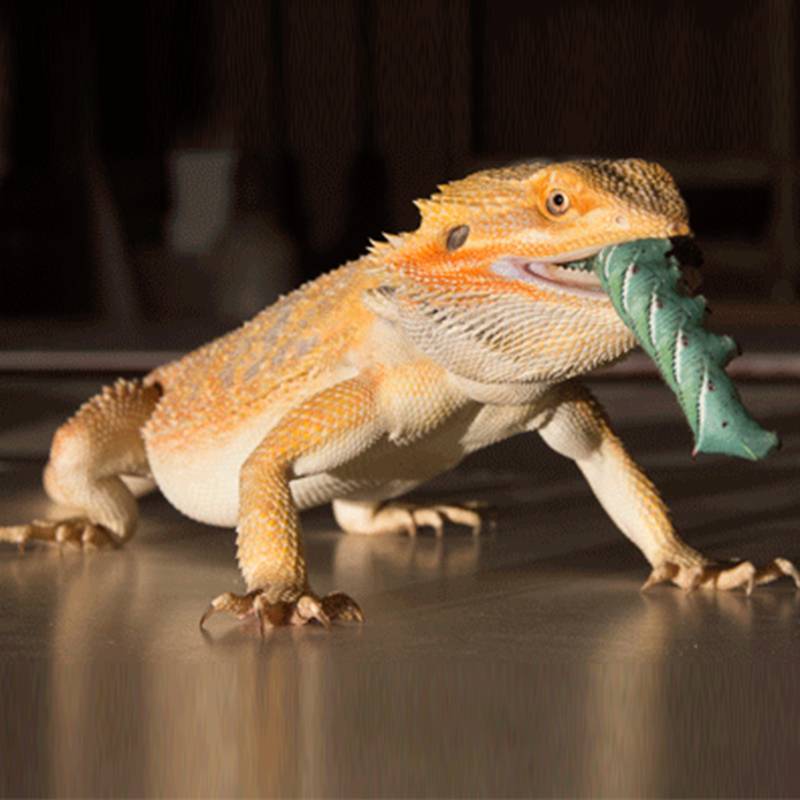

Normally, they only stop feeding when they molt as they grow through their immature life stages. Because of how much food they take in (some feed non-stop throughout both day and night), their digestive system comprises more than 50% of their body. Raising hornworms can be a challenge because they are some of the largest known caterpillars and can weigh up to 0.35 oz (for a larval stage, that’s quite heavy)! These insects, like many species’ larvae, are specialized herbivores, feeding on the leaves of the nightshades mentioned above. Hornworms, when threatened, will rear up on the posterior half of their bodies in a defensive display (and, from personal experience, it’s quite startling!).

Surprisingly, though, this isn’t always their first line of defense.

If it feels it must defend itself, the hornworm will lift its backside and wave its horn from side to side. Hornworms get their name from the large horn on the end of their tails, which are typically black or red and used as a formidable defense against predatory species. Generally, more mature caterpillars in both species can be green with eight V-shaped, white marks with gray and black circles nestled into the point of the white V. Depending on the species, the hornworm’s body may be white to yellow with no markings, or a beautiful, rich green with intricate designs decorating their sides. Hornworms include various species of caterpillars that can reach lengths of up to 4” long. In one year, there may be two generations to pass through one crop. For example, this insect is also known as a "tomato hornworm." As the name suggests, tomatoes are a common hornworm food, but these hefty bugs will also feed on other vegetables in the nightshade family, including eggplants, peppers and potatoes. Luckily, they have not reached the point of causing significant economic damage to crops across the country and are typically only a problem for hobbyists or small-space gardeners. While they are harmless to humans, hornworms are well-known pests throughout their native US. Before you consider practicing hornworm care at home, you should know that the main species have two scientific names: Manduca quinquemaculata and Manduca sexta.


 0 kommentar(er)
0 kommentar(er)
